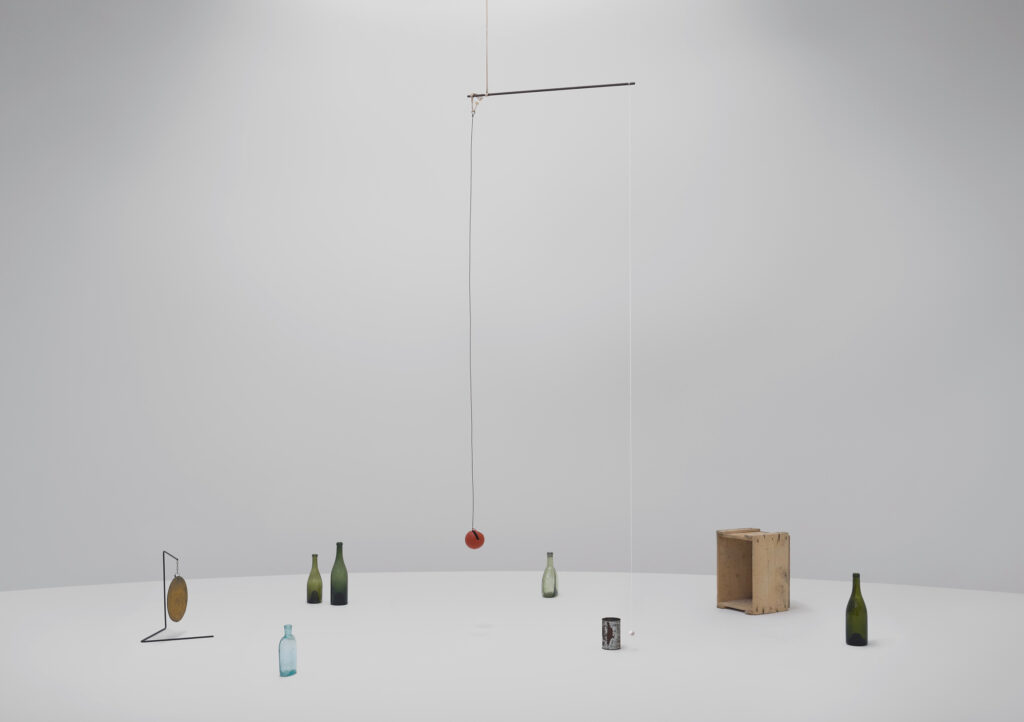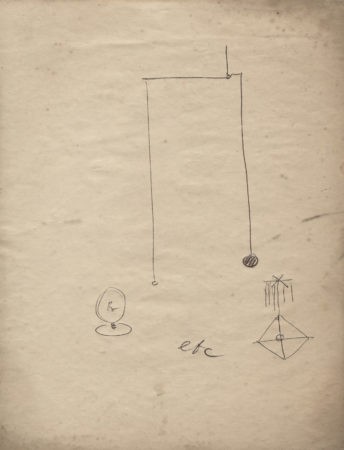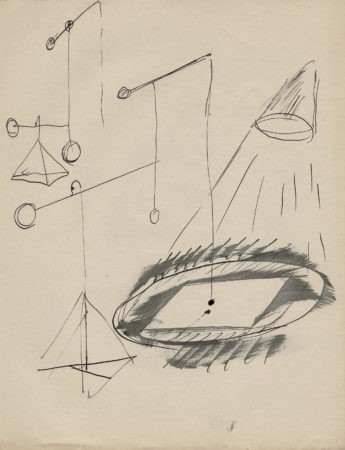







Musée National d’Art Moderne, Centre Georges Pompidou, Paris. Alexander Calder: les années parisiennes 1926–1933. 18 March–20 July 2009. Originated from the Whitney Museum of American Art, New York.
Solo ExhibitionPalazzo delle Esposizioni, Rome. Calder: Sculptor of Air. 23 October 2009–14 February 2010.
Solo ExhibitionTate Modern, London. Alexander Calder: Performing Sculpture. 11 November 2015–3 April 2016.
Solo ExhibitionFondation Beyeler, Riehen/Basel. Alexander Calder & Fischli/Weiss. 29 May–4 September 2016.
Group ExhibitionWhitney Museum of American Art, New York. Calder: Hypermobility. 9 June–23 October 2017.
Solo ExhibitionFundación Proa, Buenos Aires. Alexander Calder: Theater of Encounters. 8 September 2018–15 January 2019.
Solo ExhibitionPace Gallery, New York. Calder: Small Sphere and Heavy Sphere. 14 September–26 October 2019.
Solo ExhibitionNeue Nationalgalerie, Staatliche Museen zu Berlin, Germany. Alexander Calder: Minimal / Maximal. 22 August 2021–13 February 2022
Solo ExhibitionGalerie Pierre Colle, Paris, exhibits “Présentation des oeuvres récentes de Calder,” including an untitled standing mobile and Small Sphere and Heavy Sphere. Reviewing the exhibition, Paul Recht writes, The liberty of some of the ensembles is absolutely
disconcerting: we see two balls, one little and one big, in turn fixed to wires of very different lengths that are themselves fixed to the two extremities of a balancing arm hung above the ground. The big ball is animated by a pendular and rotary movement; it leads the little one on unexpected evolutions that multiply by impact upon surrounding objects. They are extraordinary visual variations on the theme of calamity, by the means of gravity and centrifugal force.
Calder writes to Sweeney about his forthcoming retrospective at the Museum of Modern Art, New York. I forgot to show you this object. One swings the red (iron) ball in a small circle—this movement and the inertia of the rod and the length of thread develops a very complicated
pattern of movement. The impedimenta—boxes, cymbal, bottles, cans etc. add to the complication, and also add sounds of thuds, crashes, etc.—This is a reconstruction of one I had in Paris in ’33. I will bring it down and set it up for you to see. I call it the “Small Sphere and Heavy Sphere.”
Following a visit in October of 1930 to Piet Mondrian’s studio, where he was impressed by the environmental installation, Calder made his first wholly abstract compositions and invented the kinetic sculpture now known as the mobile. Coined for these works by Marcel Duchamp in 1931, the word “mobile” refers to both “motion” and “motive” in French. He also created stationary abstract works that Jean Arp dubbed “stabiles.”